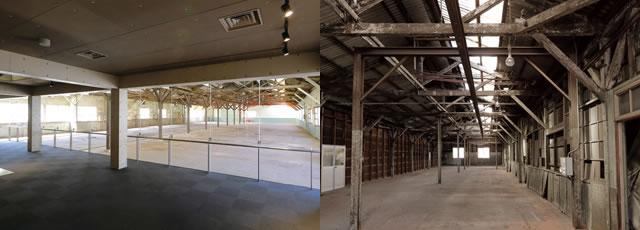The prototype plant at the establishment of Toyota


On September 1, 1933, the Toyoda Automatic Loom Works, Ltd. established the automobile division in Kariya. It was exactly ten years after the Great Kanto Earthquake had struck. In 1934, a prototype plant̶which comprised a sheet metal and assembly plant, a machine and finishing plant, warehouses, and a materials testing and research center̶was established on this site.
Ford and General Motors (GM) established assembly plants in Japan and already started production in order to cope with the demand for automobiles rapidly increased after the earthquake. The number of cars subsequently grew to over 30,000 units per year. And 90% of the mark et made up of ca rs assembled and imported by foreign manufacturers. Under such circumstances, going into the automobile industry from scratch was a challenge for Toyota.
“We aim to make cars with our own hands, to establish the automobile industry in Japan, and to make people’s lives richer.”
Based on this will our predecessors began researching how to create iron that would be able to carry out the automotive functions of running, turning, and stopping. During the making of prototype engines, mountains of defective cylinder block castings piled up; sheet metal was hammered by hand; and finally, at the end of a long process of trial and error, the Model A1 prototype passenger car and the Model G1 truck were completed.
Thereafter, large numbers of people joined and established a research and development system, mass-production system, and volume sales system. Just five years after the establishment of the automobile division, Koromo Plant (Honsha Plant of the present Toyota Motor Corporation)was established, where 2,000 vehicles were produced per month.


